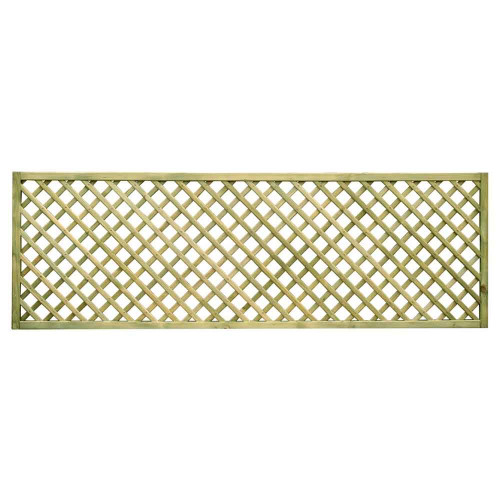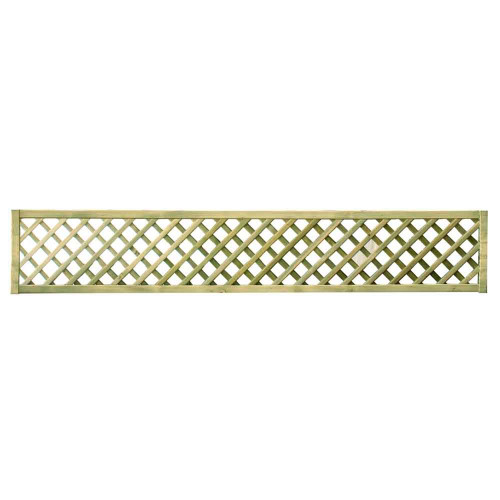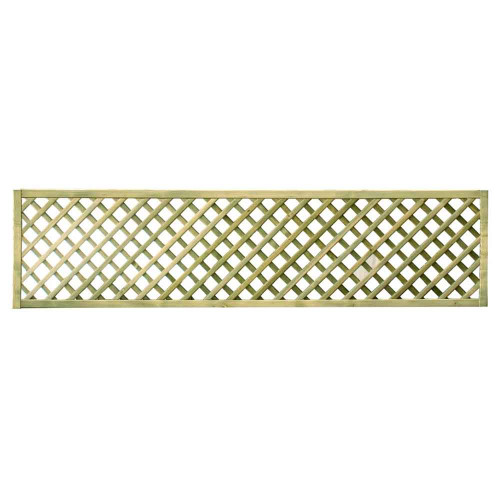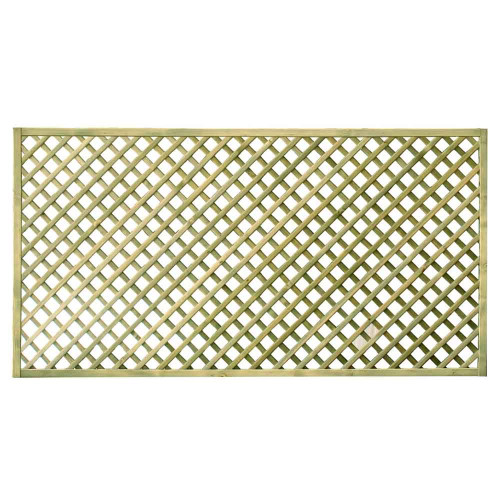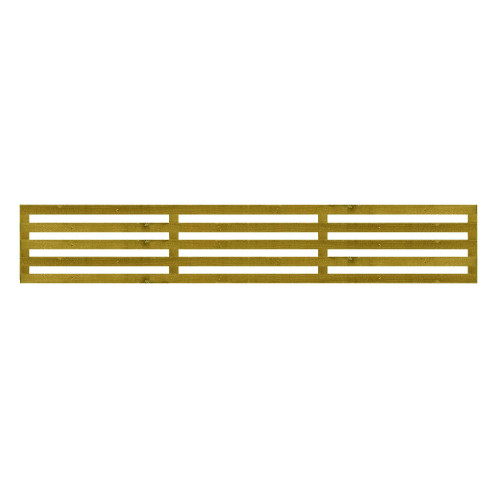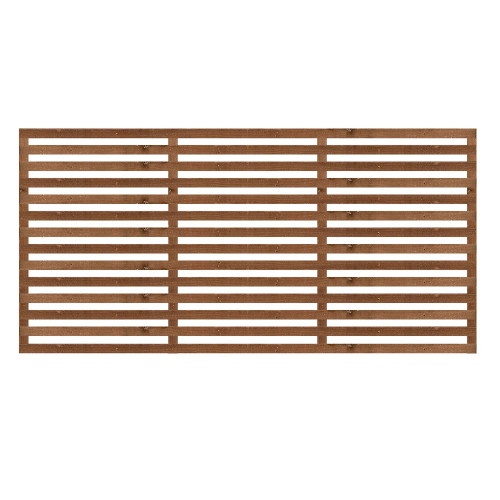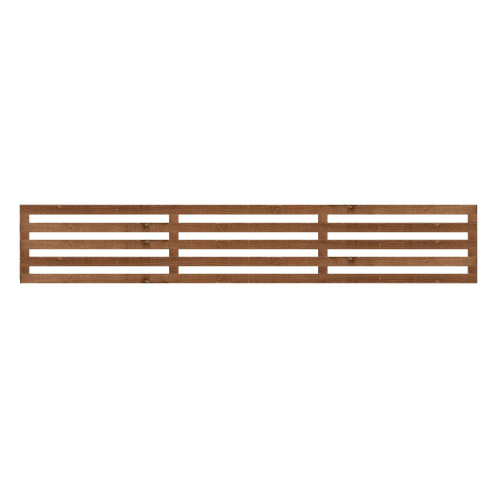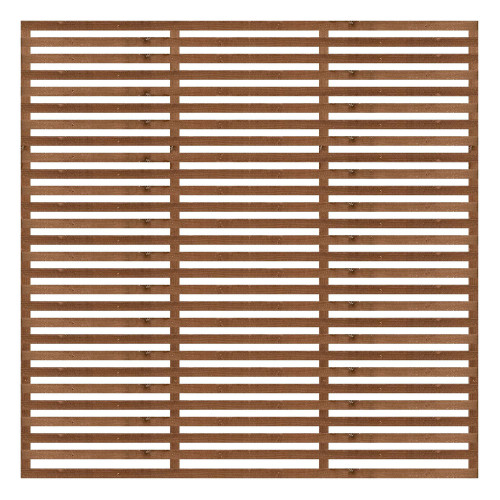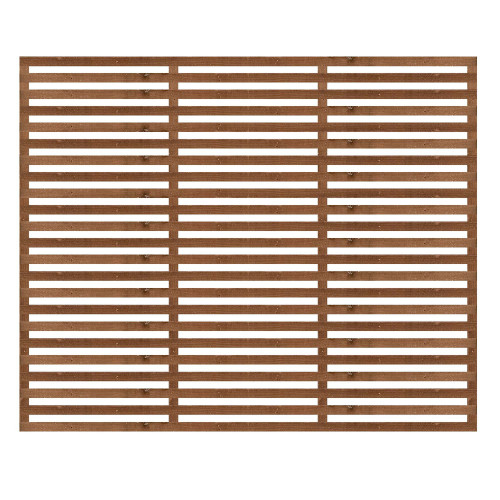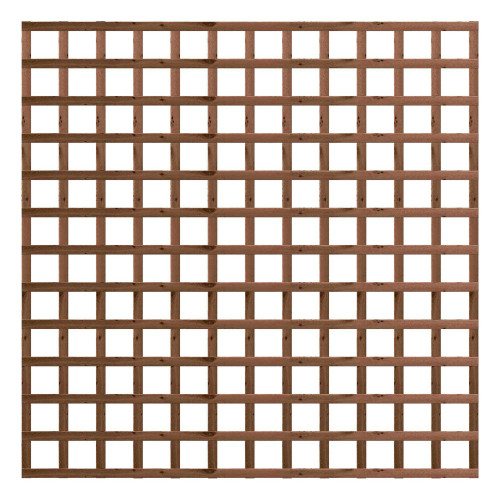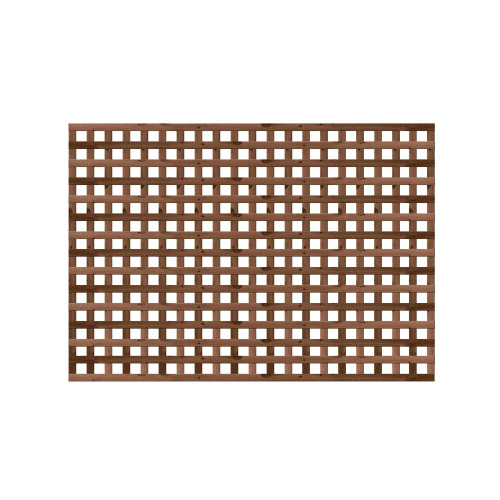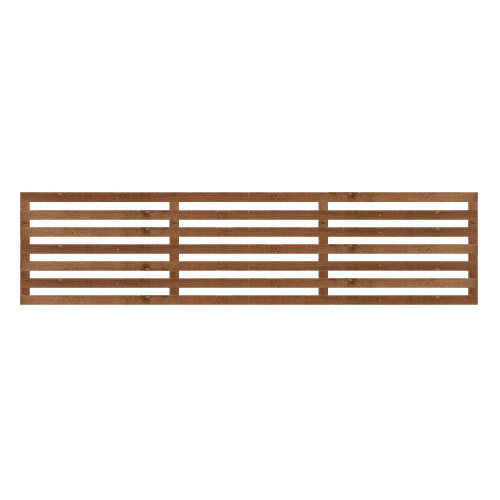Trellis Panels
Trellis panels are the perfect addition to any garden, bringing both functionality and aesthetic appeal. Whether you're looking to create a private sanctuary, support climbing plants, or simply add a decorative feature, trellis panels offer a versatile solution. Available in various styles, these panels can be customised to suit your garden's unique character. From modern slatted designs to classic diamond patterns, there's a trellis panel for every taste.
Not only do trellis panels enhance the visual appeal of your garden, but they also serve practical purposes. They provide support for climbing plants, helping them grow vertically and freeing up ground space. This is particularly beneficial for small gardens where space is limited. Additionally, trellis panels can be used to create garden partitions, define boundaries, and even act as a windbreak.
When it comes to materials, trellis panels are typically made from wood, metal, or plastic. Wooden trellis panels offer a natural look and blend seamlessly with outdoor environments. Metal panels, on the other hand, provide a more modern and durable option, while plastic panels are lightweight and easy to maintain. Regardless of the material you choose, trellis panels are designed to withstand the elements and provide long-lasting beauty.
Installation of trellis panels is straightforward, making them an excellent DIY project for garden enthusiasts. They can be attached to walls, fences, or used as standalone structures supported by posts. With a few basic tools and some creativity, you can transform your garden into a lush, green oasis.
Horizontal Slatted Trellis Panels
Horizontal slatted trellis panels are a modern and stylish option for contemporary gardens. Their sleek design consists of horizontal slats evenly spaced apart, creating a clean and minimalist look. These panels are perfect for adding a touch of sophistication to your outdoor space.
One of the main benefits of horizontal slatted trellis panels is their versatility. They can be used as garden screens to create private areas or as a backdrop for garden features such as water fountains or sculptures. The horizontal slats also provide excellent support for climbing plants, allowing them to weave through the gaps and create a living wall effect.
These panels are available in various materials, including wood and metal. Wooden slatted panels offer a warm and natural aesthetic, while metal ones provide a sleek and modern finish. Both options are durable and designed to withstand outdoor conditions.
Installation is a breeze with horizontal slatted trellis panels. They can be mounted onto existing fences or walls using brackets or screws. Alternatively, they can be installed as freestanding structures with the help of posts. This flexibility allows you to customize the layout and design of your garden to suit your preferences.
Maintenance of horizontal slatted trellis panels is relatively low-effort. Wooden panels may require periodic staining or sealing to protect against the elements, while metal panels can be cleaned with a simple wipe-down. With proper care, these panels will retain their beauty and functionality for years to come.
Traditional Trellis Panels
Traditional trellis panels are the epitome of classic garden design. Featuring a grid-like pattern with evenly spaced squares or rectangles, these panels add timeless elegance to any outdoor space. They are ideal for supporting climbing plants such as roses, ivy, and honeysuckle, creating a lush and vibrant display.
The charm of traditional trellis panels lies in their simplicity and versatility. They can be used as standalone garden features or integrated into existing fences and walls. Their classic design complements a variety of garden styles, from cottage gardens to formal landscapes.
Traditional trellis panels are typically made from wood, offering a natural and rustic look. Cedar and pressure-treated pine are popular choices due to their durability and resistance to rot and insects. These panels can be left to weather naturally or painted to match your garden's colour scheme.
Installing traditional trellis panels is straightforward and can be done with basic tools. They can be attached to walls or fences using brackets, or installed as freestanding structures with the help of posts. This flexibility makes them suitable for various garden layouts and designs.
Maintaining traditional trellis panels involves occasional cleaning and sealing to protect the wood from the elements. With proper care, these panels will continue to enhance your garden's beauty and functionality for many years.
Diamond Trellis Panels
Diamond trellis panels are a popular choice for adding a touch of elegance and sophistication to any garden. Featuring a crisscross pattern of diagonal slats, these panels create a visually appealing diamond-shaped design. They are perfect for supporting climbing plants and adding a decorative element to your outdoor space.
One of the main advantages of diamond trellis panels is their ability to create a sense of depth and dimension in the garden. The diamond pattern draws the eye and adds visual interest, making these panels a focal point in any garden setting.
Diamond trellis panels are typically made from wood, which blends seamlessly with the natural surroundings. Cedar and pressure-treated pine are common materials due to their durability and resistance to rot and decay. These panels can be stained or painted to match your garden's colour scheme, adding a personalised touch to your outdoor space.
Installation of diamond trellis panels is simple and can be done with basic tools. They can be mounted onto existing walls or fences using brackets or screws, or installed as freestanding structures with posts. This versatility allows you to create custom layouts and designs that suit your garden's unique character.
Maintaining diamond trellis panels involves periodic cleaning and sealing to protect the wood from the elements. With proper care, these panels will retain their beauty and functionality for years to come, providing a stunning backdrop for your garden's climbing plants.
Fence Topper Trellis
Fence topper trellis panels are an excellent way to add height, privacy, and decorative flair to your existing fence. These panels are designed to sit on top of your fence, extending its height and creating a beautiful finishing touch. They are perfect for supporting climbing plants and adding a touch of elegance to your garden boundaries.
One of the main benefits of fence topper trellis panels is their ability to create a seamless transition between your garden and fence. They add visual interest and soften the appearance of the fence, making it blend more harmoniously with your garden's landscape.
Fence topper trellis panels are available in various styles, including traditional lattice, diamond, and horizontal slatted designs. This variety allows you to choose a panel that complements your garden's overall aesthetic and design theme.
These panels are typically made from wood, offering a natural look that enhances the beauty of your garden. Cedar and pressure-treated pine are popular choices due to their durability and resistance to weather conditions. These panels can be left to weather naturally or painted to match your fence and garden colour scheme.
Installing fence topper trellis panels is straightforward and can be done with basic tools. They can be attached to the top of your fence using brackets or screws, creating a secure and stable extension. This easy installation process makes them a popular choice for DIY garden projects.
Privacy Square Trellis Panels
Privacy square trellis panels are the perfect solution for those looking to create a secluded and private outdoor space. Featuring a grid-like pattern with small squares, these panels provide both privacy and support for climbing plants. They are ideal for creating intimate garden areas and screening off unsightly views.
One of the main advantages of privacy square trellis panels is their ability to create a sense of enclosure without completely blocking out light and air. The small squares allow sunlight to filter through while maintaining a level of privacy.
Privacy square trellis panels are typically made from wood, which blends seamlessly with the natural surroundings. Cedar and pressure-treated pine are common materials due to their durability and resistance to rot and decay. These panels can be stained or painted to match your garden's color scheme, adding a personalised touch to your outdoor space.
Installation of privacy square trellis panels is simple and can be done with basic tools. They can be mounted onto existing walls or fences using brackets or screws, or installed as freestanding structures with posts. This versatility allows you to create custom layouts and designs that suit your garden's unique character.
Maintaining privacy square trellis panels involves periodic cleaning and sealing to protect the wood from the elements. With proper care, these panels will retain their beauty and functionality for years to come, providing a stunning backdrop for your garden's climbing plants.
Fan Trellis Panels
Fan trellis panels are a unique and decorative addition to any garden. Featuring a fan-shaped design with radiating slats, these panels create a visually striking focal point. They are perfect for supporting climbing plants and adding a touch of elegance to your outdoor space.
One of the main benefits of fan trellis panels is their ability to create a sense of movement and flow in the garden. The fan shape draws the eye upward and adds visual interest, making these panels a standout feature in any garden setting.
Fan trellis panels are typically made from wood, which blends seamlessly with the natural surroundings. Cedar and pressure-treated pine are common materials due to their durability and resistance to rot and decay. These panels can be stained or painted to match your garden's colour scheme, adding a personalised touch to your outdoor space.
Installation of fan trellis panels is straightforward and can be done with basic tools. They can be mounted onto existing walls or fences using brackets or screws, or installed as freestanding structures with posts. This flexibility allows you to create custom layouts and designs that suit your garden's unique character.
Maintaining fan trellis panels involves periodic cleaning and sealing to protect the wood from the elements. With proper care, these panels will retain their beauty and functionality for years to come, providing a stunning backdrop for your garden's climbing plants.
Trellis Panels Delivered
We're proud to offer delivery services to a wide range of locations, ensuring you can enjoy our high-quality trellis panels no matter where you are. Our delivery service covers Bedfordshire, Berkshire, Buckinghamshire, Cambridgeshire, East Sussex, Essex, Greater London, Hertfordshire, Kent, Norfolk, Northamptonshire, Oxfordshire, Suffolk, Surrey, and West Sussex.
With our reliable delivery service, you can rest assured that your trellis panels will arrive safely and promptly. We take great care in packaging and transporting our products to ensure they reach you in perfect condition.
Ordering trellis panels from us is easy and convenient. Simply browse our selection online, choose the panels that best suit your needs, and place your order. Our friendly and knowledgeable customer service team is always available to assist you with any questions or concerns you may have.
Once your order is placed, we'll keep you updated on the status of your delivery. You can track your order online and receive notifications when your panels are on their way. This transparency ensures you know exactly when to expect your delivery.
Whether you're located in the heart of Greater London or the serene countryside of Suffolk, our delivery service makes it easy to enhance your garden with our pressure treated quality trellis.



